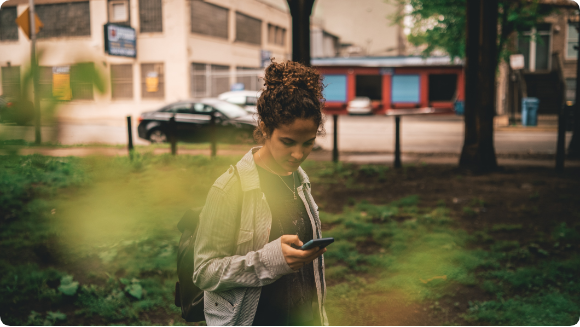Opioids are currently the leading cause of overdose deaths in the United States. During an overdose, breathing can be dangerously slowed or stopped, causing brain damage or death. You don't have to be a medical professional to identify the signs or help, the important thing is to act quickly.
Opioid Overdose Signs Include:
- Small constricted "pinpoint" pupils
- Reduced level/loss of consciousness
- Won’t respond to stimuli such as a sternal rub or their name
- Slow shallow or stopped breathing
- Choking, snoring, wheezing, or gurgling sounds
- Limp body
- Pale, blue or cold/clammy skin
Taking opioids that you buy off the street or from a friend can increase the risk of opioid overdose as there's no certainty of how strong the drug is or what might be mixed in with it!
It is at times difficult to tell whether a person is high or experiencing an overdose. If you aren't positive, it is best to treat it like an overdose.
- Call 9-1-1 immediately,
all you have to say is "Someone is unresponsive and not breathing" and provide a clear address and/or description of your location - Administer Naloxone,
if available - Try to keep the person awake and breathing,
perform rescue breathing if needed. Administer another dose of naloxone 2-3 minutes after the first dose if they don’t respond. - Put the person on their side,
in a recovery position - Stay with them
until the emergency workers arrive
There are also some things that you want to make sure not to do for the risk of putting the individual at more harm such as:
- Don't hit or try to forcefully wake or move the person - it will only potentially cause further harm.
- Don't put the person in a cold bath or shower. This increases the risk of falling, drowning or going into shock.
- Don't try to make the person vomit. This increases the risk of choking or inhaling vomit into their lungs, which can cause a fatal injury.

